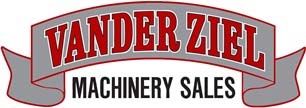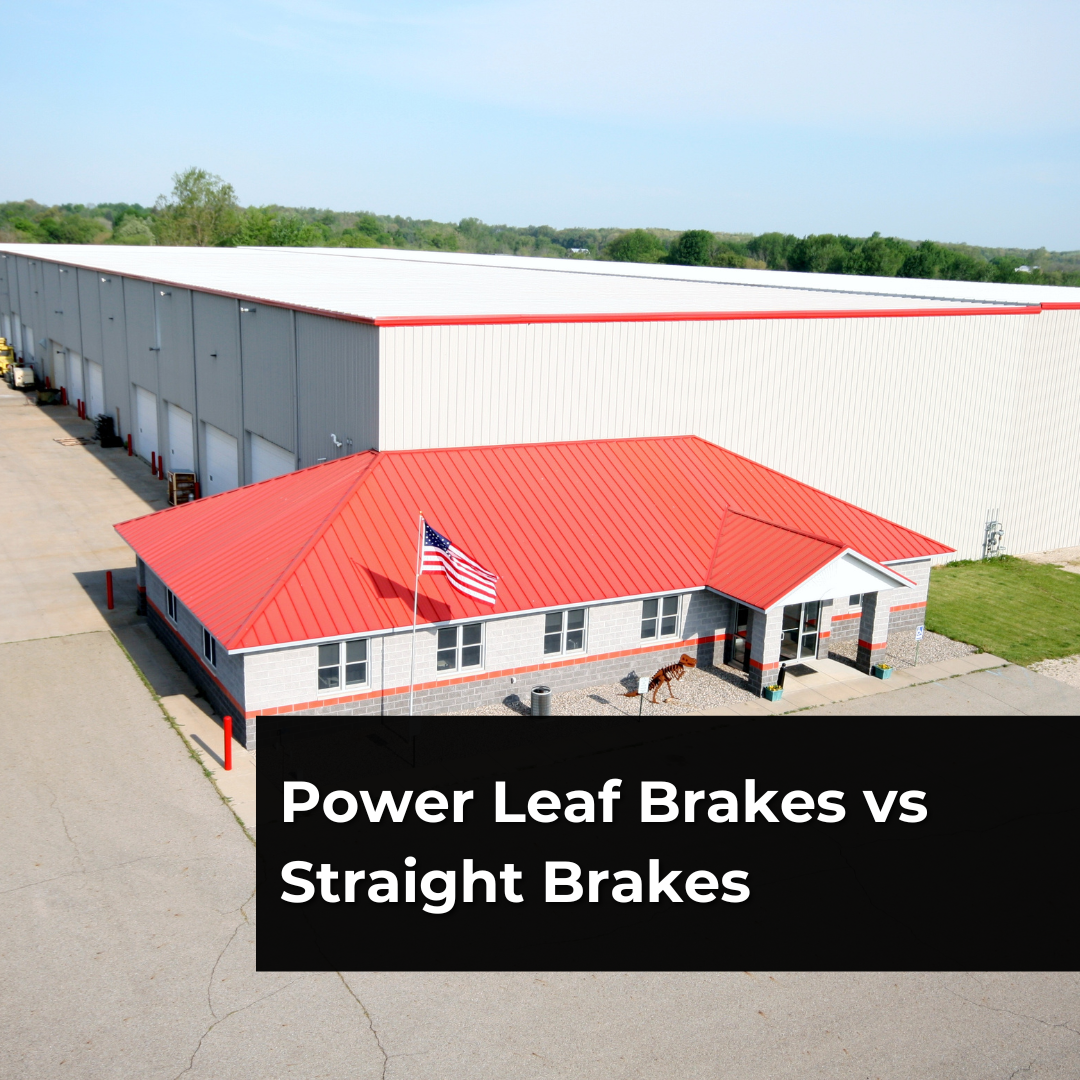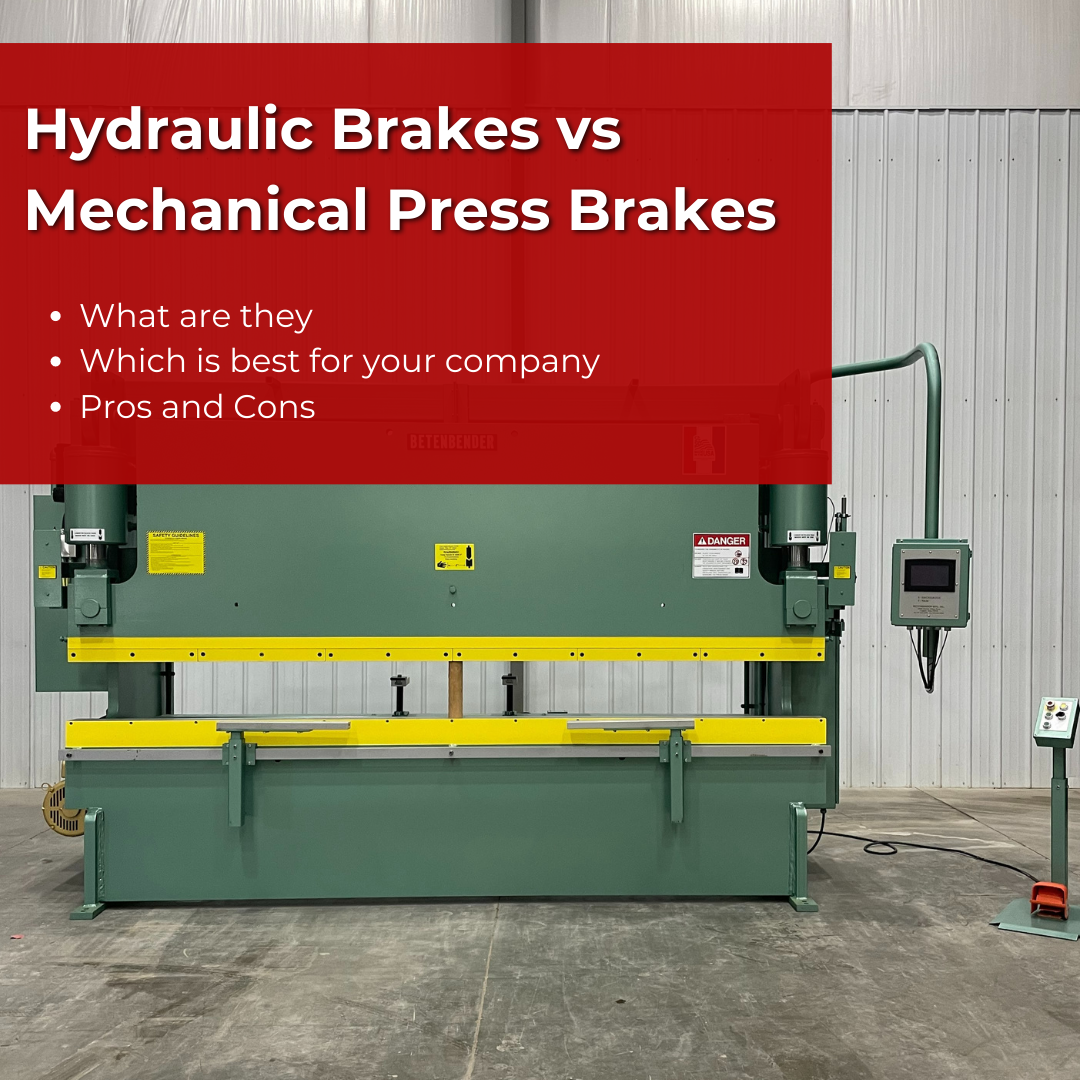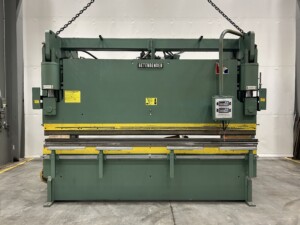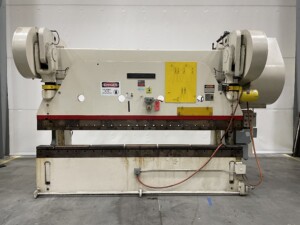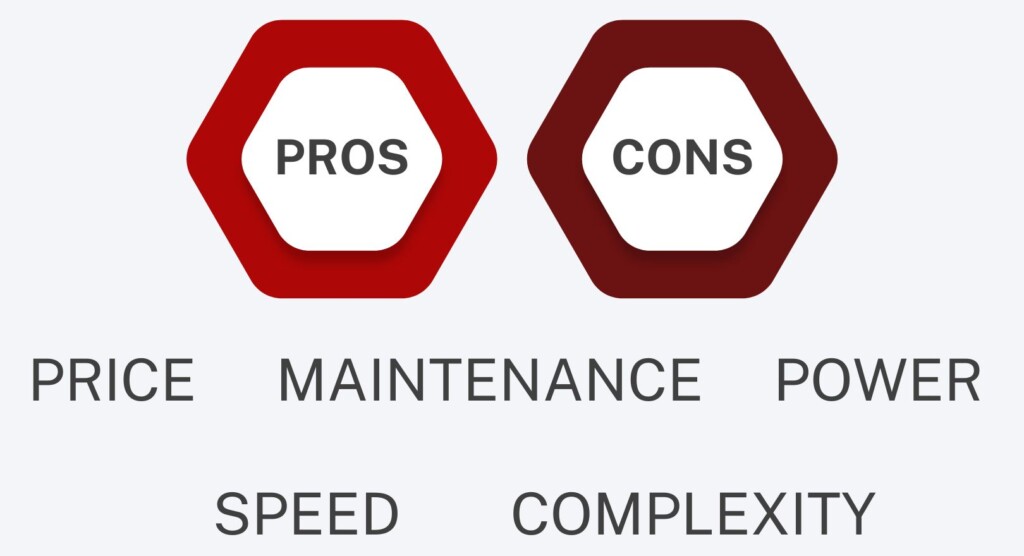Power Leaf Brakes vs Straight Brakes
Precision and efficiency are predominant when choosing tools to bend and shape sheet metal for your projects. You can choose between a power leaf brake and a straight brake. Many used machinery dealers offer both of these brakes at different price points. Here is a comparison of these two tools to help you make an informed decision for your specific goals:
Power Leaf Brake
The power leaf brake, also known as a box & pan brake, is a versatile and powerful machine designed to help with a wide range of sheet metal bending tasks. You can find leaf brakes that can operate hydraulically or manually. Power leaf brakes use hydraulics, which have different advantages than manual ones. Here are some significant features of a power leaf brake:
Hydraulic Operation: The hydraulic system provides consistent and strong bending force. This force and consistency help create precise bends even on thicker materials.
Various Bending Angles: The power leaf brake allows you to adjust the bending angle, which allows you more flexibility in your metal bending processes.
Size Increase: This brake can handle larger sizes and capacities with hydraulic power. More challenging materials like hardened steel, titanium, and heat-resistant nickel alloys can be easily machined.
Where To Use a Power Leaf Brake
You can use a power leaf brake in various heavy sheet metal industries. Fabricators that work with stainless steel, aluminum, and other dense materials often choose this tool because it can handle thick materials. Power leaf brakes can help you during projects that require precision and repeatability. These brakes come in various sizes to meet your preferences and goals.
Straight Brake
The straight brake is a simpler tool compared to the Power Leaf Brake. This brake can either operate manually or hydraulically. For this blog, the manual straight brake is what we’ll refer to. A manual straight break relies on a physical force applied by the operator to create bends. The straight brake is easy to use and is versatile for smaller projects. Here are the key features of the straight brake:
Manual Operation: The straight brake relies on manual force. This force makes it suitable for projects that don’t require extreme bending force.
Compact and Portable: Straight brakes offer a more straightforward design and are often more lightweight and portable than the hydraulic versions. This makes the brake an easier choice for on-site work.
Cost-Effective: The straight brake is generally more affordable than the Power Leaf Brake because it is a manual tool.
Where To Use a Straight Brake
Straight brakes can be used in smaller and light gauge sheet metal industries. HVAC contractors, roofing specialists, and garages often choose this tool because it is simple and cost-effective. It is suited for projects that involve simple bends and where high bending force is not as necessary. Straight brakes come in different sizes as well as a power version to suit your preferences and goals.
How To Choose the Right Brake
When choosing between a power leaf brake and a straight brake, there are a few things to consider, including your projects and the materials you’ll be working with. Here are some key factors to consider to help you make the best decision for your project:
Material Thickness: Consider the thickness of the material you’re using. A power leaf brake may be the better choice if your project uses thicker and heavier metals. These brakes can handle thicker sheet metals while keeping bends precise. If the metal you use is thinner, you can opt for a straight brake.
Repetition and Precision: For projects requiring precise repetition, like building a box or a pan, the power leaf brake uses its hydraulic power to maintain consistent results.
Budget and Portability: Consider your budget and how portable you need your brake to be. Manual versions of both of these brakes are more cost-effective because they are made smaller without the hydraulic system. Choose a manual brake for more portability in your projects.
In-Shop and On-Site: Hydraulic version of the leaf brake and the straight brake are more difficult to move from place to place. Garages or sheet metal specials can choose these hydraulic versions to keep at their shops. Those who work with on-site projects should consider a manual straight brake or leaf brake.
Used Machinery Dealers and Your Brake
You can find used and new power leaf brakes or straight brakes at Vander Ziel Machinery. Choosing a brake depends on the specifics of your projects, your budget, and how portable you need the brake to be. Find a brake that meets your project goals, like the size and gauge of the sheet metal you’re working with. You can browse our online inventory to find size specifications on each of our brakes. Contact Vander Ziel Machinery to learn more about which brake best suits your needs and preferences.
